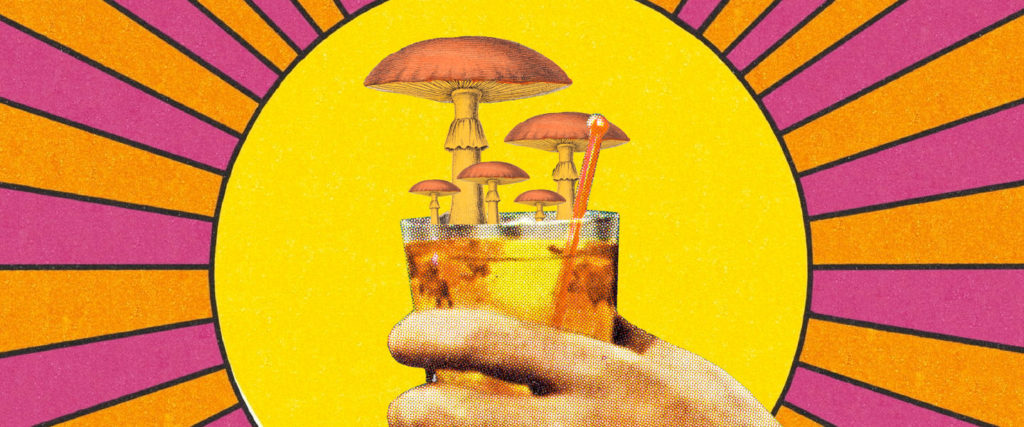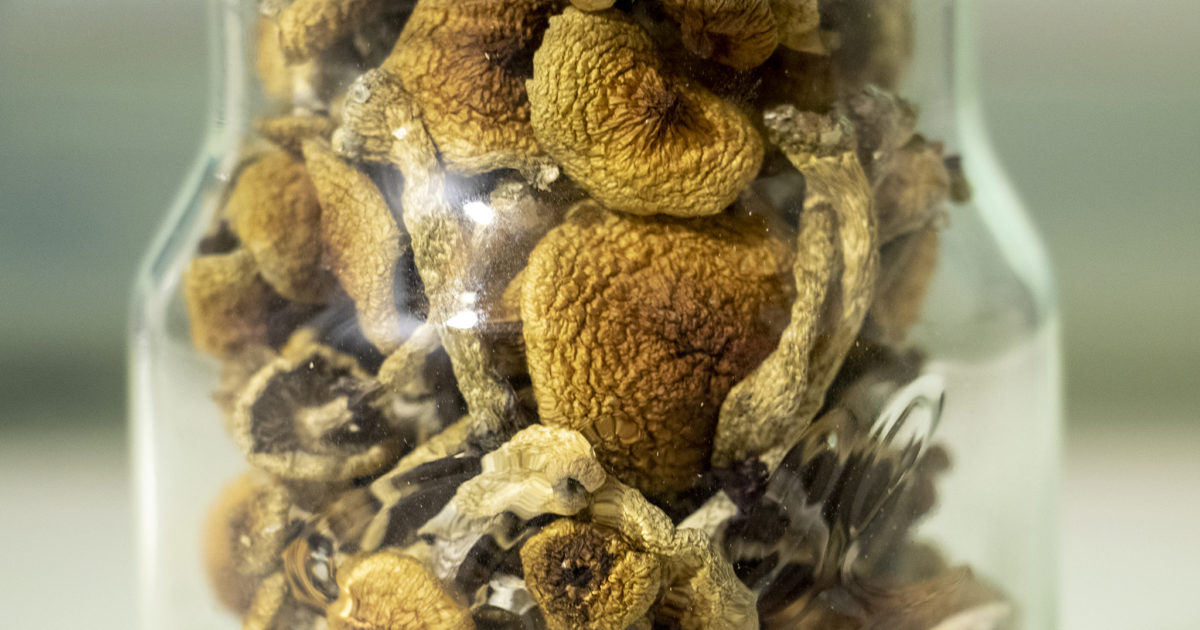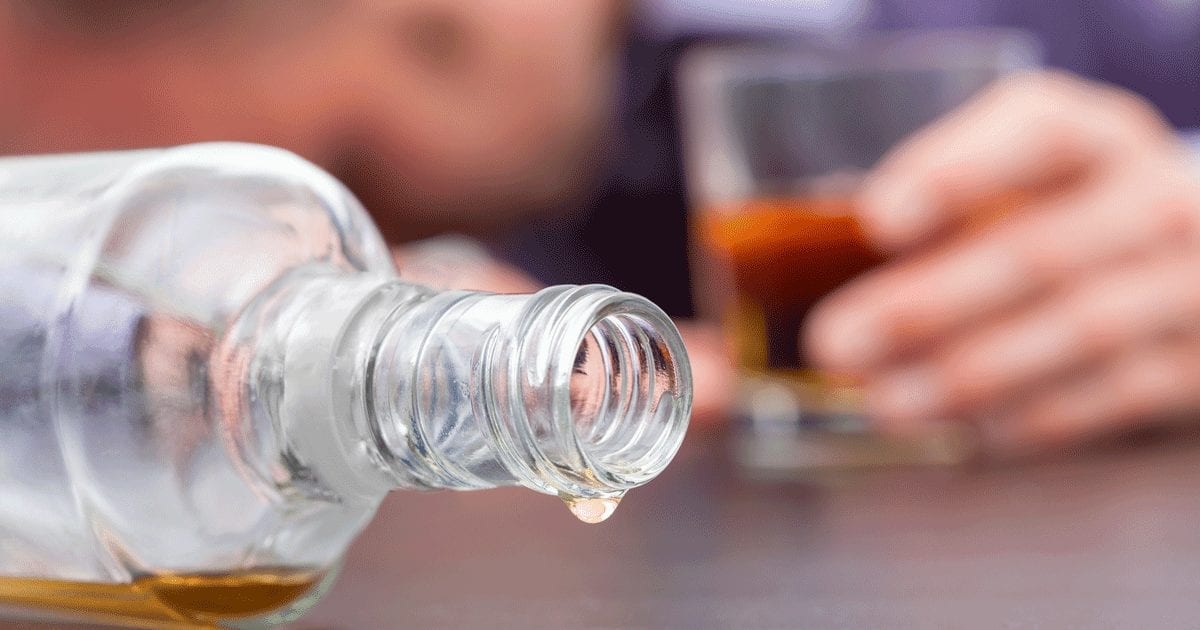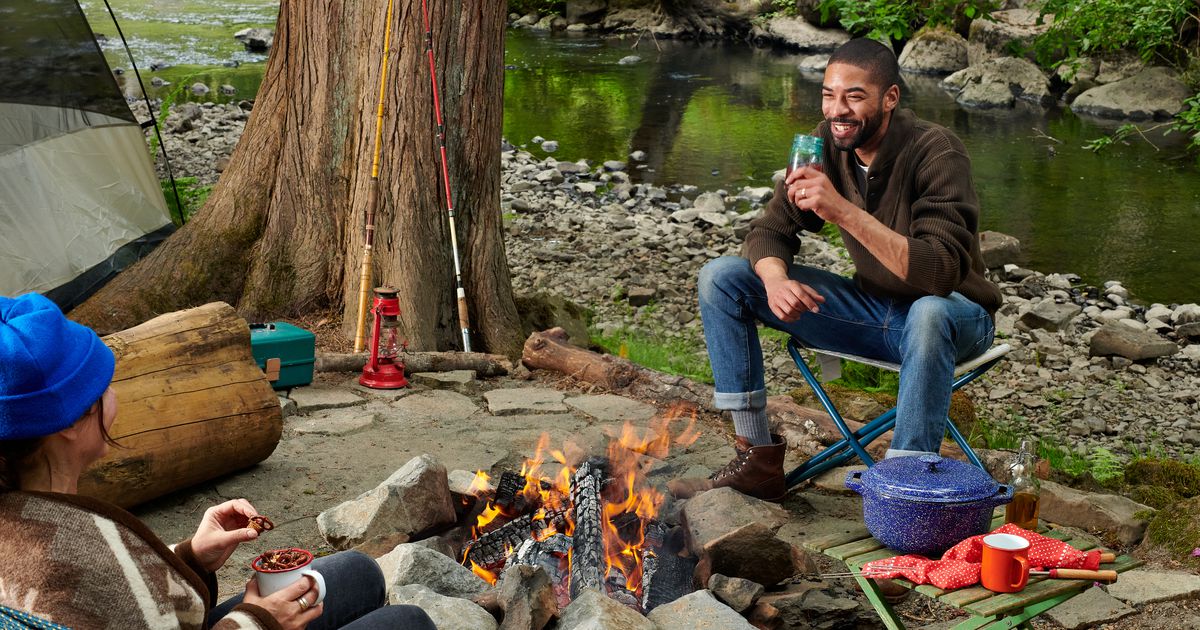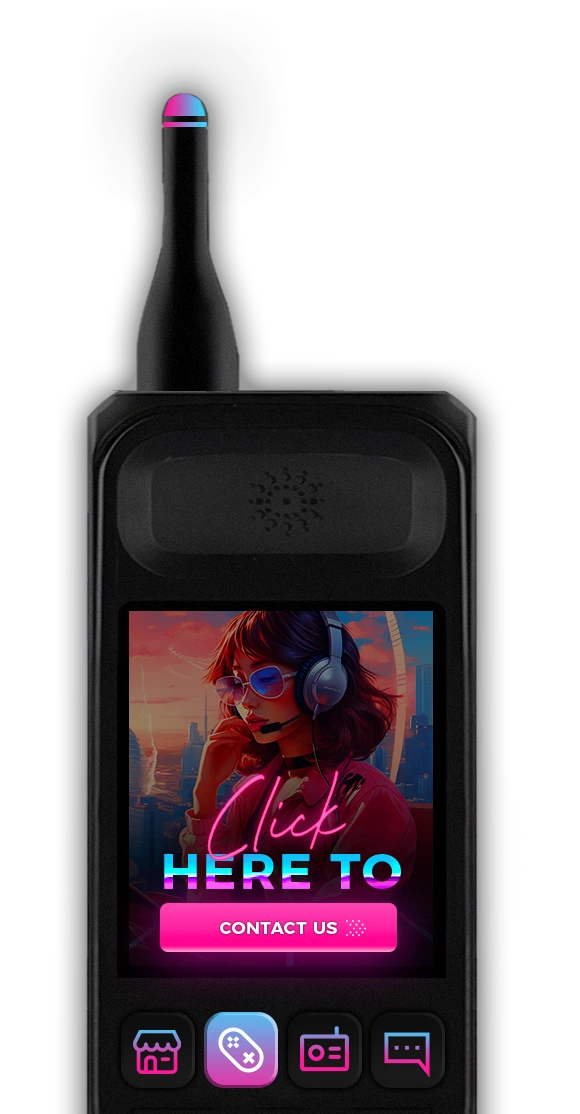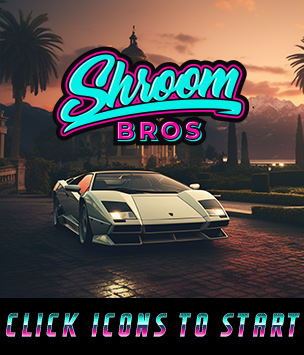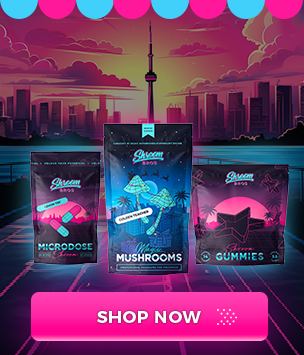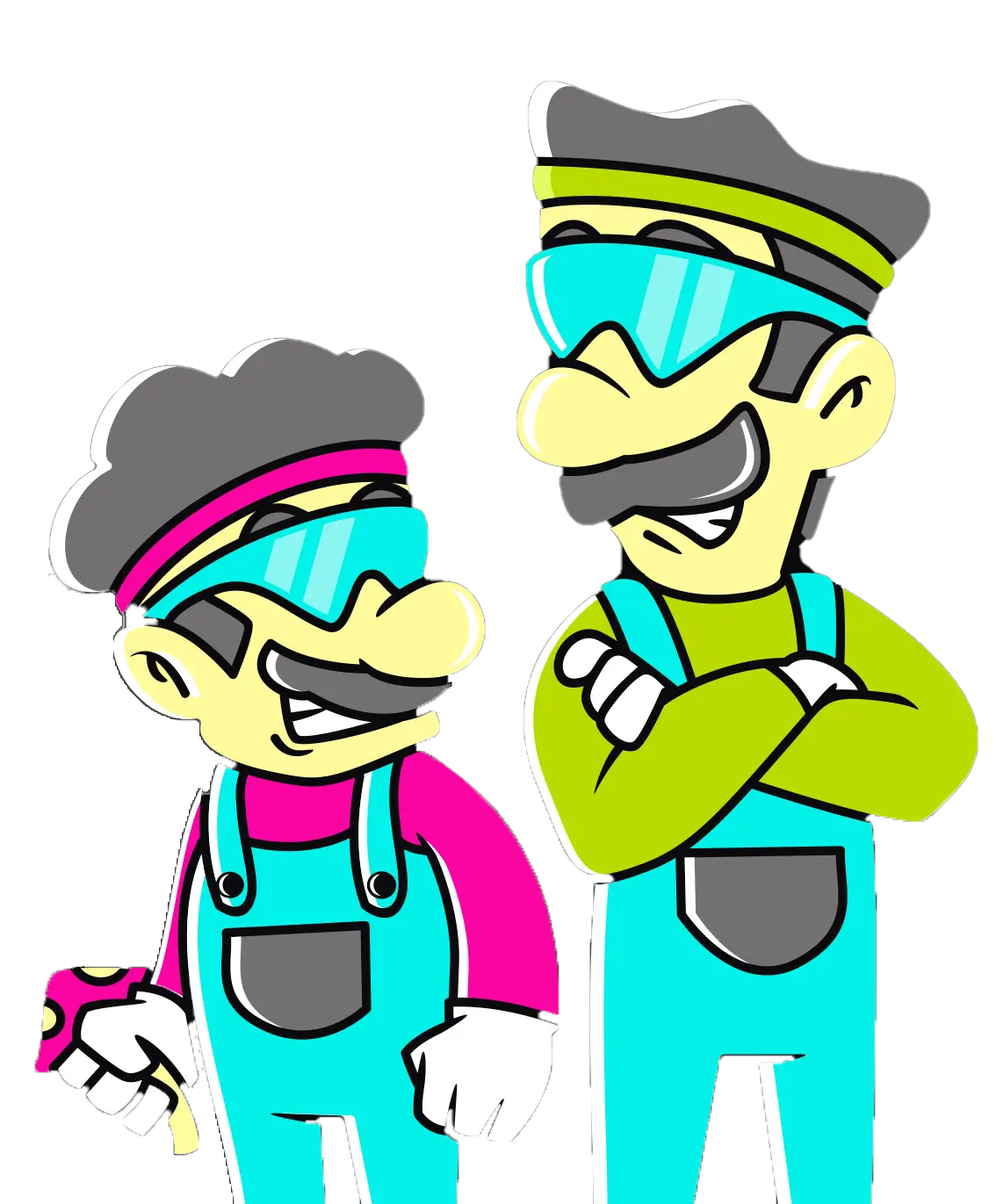Is it Safe to Mix Alcohol with Psilocybin?
Answered on this page:
- What is psilocybin and how does it impact the body?
- What is alcohol and how does it impact the body?
- What are the expected effects from mixing alcohol and psilocybin?
- What is a safe amount of alcohol while using psilocybin?
- What are the general risks of polysubstance use?
Over the last twenty years, discussion about psychedelics (including psilocybin) has become increasingly more normalized, in both medical research and in day-to-day life. When coupled with shifting societal standards and small-scale pushes towards legalization, people have become more curious about the role psilocybin could play in their lives.
In spite of this renewed interest, there have been significant bottlenecks to researching psilocybin historically. It being listed as a Schedule 1 substance under the Controlled Substances Act made research almost impossible until the floodgates opened in the early 2000s.
This has also led to a rise in research into polysubstance use, and especially around mixing alcohol with psilocybin.
In this article, we will briefly explain what psilocybin and alcohol are and how they impact the body. We’ll also explore the literature that covers mixing psilocybin with alcohol and evaluate the relative safety concerns.
Disclaimer: Hey reader, we are not doctors! We’re doing our due diligence to try and find the best resources available, but if you have questions about medical issues, you should consult your doctor
Psilocybin: What is it and what does it do in the body?
Psilocybin naturally appears in most psychedelic mushrooms, which grow primarily in subtropical humid forests but can be found naturally occurring on all continents but Antarctica. Psilocybin is present in both the caps and the stems of the mushrooms, with greater concentrations found in the caps.
Psilocybin itself is inactive in the body but it is very quickly metabolized into psilocin, the main psychoactive substance found in mushrooms. Psilocin acts as a serotonin receptor agonist and triggers those receptors in the same way that serotonin would. Serotonin is partially responsible for mood regulation, and triggering those receptors leads to a generally more positive mood and affect. This also makes the user more receptive to sensory input and more excitable towards that input.
While the experiences that people have after ingesting psilocybin vary widely depending on set and setting, the social, psychological, and cultural parameters that influence your experiences with psychedelics, there are a set of commonly occurring side effects. These include:
- Feelings of euphoria
- Restlessness
- Dilated pupils
- Muscular relaxation
- Visual and auditory hallucinations
- Potentially synesthesia, the involuntary triggering of secondary sensory experiences (hearing colours, seeing sounds)
Negative side effects could include:
- Heart rate modulation (typically increases, but decreases are also occasionally reported)
- Chills
- High body temperature
- Nausea
Bad Trips
Many of the experiences that we have described so far are self-reported, and there is a certain level of subjectivity to the experience. When people have so-called bad trips, they tend to report effects including increased anxiety, panic attacks, disturbing visions, or paranoia.
Research has been conducted around this phenomenon over the last ten years, and there are three studies that we found that help add some context to this discussion.
Authors: Theresa M. Carbonaro, Matthew P. Bradstreet, Frederick S. Barrett, Katherine A. MacLean, Robert Jesse, Matthew W. Johnson, and Roland R. Griffiths
Journal of Publication: Journal of Psychopharmacology
Date Published: August 30, 2016
Overview: The first of our three studies was led by Theresa Carbonaro and focused on surveying people who had so-called “challenging experiences” after taking psychedelic mushrooms, looking at short- and long-term effects of ingesting psilocybin mushrooms. The goal of the research was to better contextualize the experiences that people describe as “bad trips” and to understand their ramifications.
Key Findings: Of the 1993 participants in the survey, the majority (68%) endorsed having taken a moderately high dosage; this was also the first experience with psilocybin for 16% of the group, and the first experience with any hallucinogen at all for another 10%. The median number of usages being between two and five suggests a generalized inexperience with psychedelics in many of these “challenging experiences”. In spite of the majority (59%) listing the experience as one of the ten most challenging ones in their lives, an even larger majority (84%) positively endorsed the effect that their bad trip had on their life. About a fifth (19%) of participants reported having consumed alcohol prior to their negative experience.
Authors: Frederick S. Barrett, Matthew P. Bradstreet, Jeannie-Marie S. Leoutsakos, Matthew W. Johnson, and Roland R. Griffiths
Journal of Publication: Journal of Pharmacology
Date Published: November 17, 2016
Overview: Our second study, directed by Frederick Barrett, focused on accurately describing parameters for talking about bad trips. A series of survey questions (the Challenging Experience Questionnaire) were issued to two groups of participants who self-identified as having taken psychedelic mushrooms and having a bad trip. The two groups varied on most common demographic indicators (race, gender, education level, age) to help give a more representative view of the population.
Key Findings: While the research was largely predicated on fine-tuning the questionnaire, the results of the questionnaire are quite interesting. As seen above, moderate to high doses are likely to be associated with the meaningfulness of the event, but many of the traits that people view as being negative also end up forming a part of the overall positive experience. The participants also attributed positive changes in their well-being and behaviour to the experience
Authors: Liridona Gashi, Sveinung Sandberg, and Willy Pedersen
Journal of Publication: International Journal of Drug Policy
Date Published: January 2021
Overview: Our third study was conducted via qualitative interview, rather than generalized survey questions. A lower number of participants (50) were involved, but were given more opportunity to describe their individual stories about their experiences and delve deeper into the meaning they had. The goal of the study was to look at the narratives created by users of psychedelics and to better understand how they contextualize and derive meaning from their challenging experiences.
Key Findings: The interviews focused largely on how people understood their own challenging experiences, and what benefits or consequences they had had on their lives. Many of these “bad trips” included similar elements to those discussed above: paranoia, anxiety, panic attacks, and physiological distress. But framing these experiences positively also played a role in the participant’s overall sense of self, and trying to find meaning in the “bad trips” was important to many of them.
All of this can be a lot to deal with, so for new users with relatively low experience and tolerance, it is definitely recommended that you keep cross-contamination and polysubstance use at a minimum. Other substances could exacerbate many of the issues that already crop up when people have challenging experiences with psychedelics.
Alcohol: What is it and what does it do in the body?
For such a well-known and widely used substance, the exact mechanism by which alcohol acts on the body is surprisingly poorly understood. The strange properties of alcohol had made it difficult to research outside of functional studies until the last few decades, but our understanding of the function it has on the system is quickly growing.
Alcohol seems to operate chiefly as an inhibitor of the GABA(a) receptor, but it also directly acts on several other neurotransmitters and ion channels—including the 5-HT3 receptor for serotonin. One study suggests that it could have synergistic effects with psilocin and help to create stronger experiences.
The positive effects of alcohol are well-known and enjoyed, but at small doses include:
- Feelings of euphoria
- Muscular relaxation
- Lessened feelings of social inhibition
- Generalized joyousness
The negative effects are also widely known but may be enjoyed a little less, and include:
- Nausea and vomiting
- Impaired sensory and motor function
- Dehydration
- Dulled reflexes
Where toxicity is generally considered a non-issue with psilocin, alcohol toxicity is well documented in the record. Maintaining a moderate dosage is key to having a positive experience with alcohol most of the time, both in the short and long term.
Is it safe to combine psilocybin and alcohol?
Owing to the difficulty of researching psilocybin in the USA, there haven’t been many conclusive studies about the substance or it’s potential use in combination with other substances. This leaves us largely relying on aggregated, subjective information (ie. Polls and surveys), but these are sufficient to make reasonable inferences.
As noted above, psilocybin and alcohol have many similar negative side effects so their conjunction can lead to increased incidence of:
- Nausea and vomiting
- Difficulty regulating body temperature
- Sweating or chills
- Difficulty regulating heart rate
- Dehydration
- Headaches
People self-report feeling the impacts of the alcohol that they are drinking less while also taking psychedelics, so it may also lead to increases in the occurrence of acute alcohol poisoning.
There are some studies that look at the relation between alcohol and psilocybin, so let’s see if they can shed any light on the potential impacts of taking both substances at once.
Authors: Erich Studerus, Alex Gamma, Michael Kometer, Franz X. Vollenweider
Journal of Publication: PLOS One
Date Published: February 17, 2012
Overview: This paper sought to figure out the relative importance of the set and setting characteristics, including current mental state, experience with psychedelics, expectations, and social/environmental considerations, and how they compare to the importance of the size of the dose of psilocin.
Key Findings: This study found a statistically significant correlation between moderate alcohol use and incidence of audio-visual synesthesia as well as general pleasurable effects or visual distortions. While the size of the dose was found to be far and away from the most important component in likely experiences with psychedelics, it also points to the generally synergistic effects of moderate doses of alcohol with psilocin.
Authors: Henry Lowe, Ngeh Toyang, Blair Steele, Henkel Valentine, Justin Grant, Amza Ali , Wilfred Ngwa, and Lorenzo Gordon
Journal of Publication: Molecules
Date Published: May 26, 2021
Overview: This article delves into the potential uses of psilocybin in treating a number of psychiatric disorders, and provides a thorough explanation for the structure and mechanisms behind how psilocin impacts the body.
Key Findings: While the authors find psilocin itself to be of great interest for use in potential therapies, they identify alcohol and other substance use as being potentially complicating factor that could exacerbate the psychological and physiological risks associated with psilocin usage.
Polysubstance use
Without significant experience and understanding of how different substances affect you, mixed usage is almost never recommended by doctors. While there are potentially synergistic results on the triggering of serotonin receptors, the dangers of unexpected reactions tend to outweigh the perceived benefits.
While moderate drinking is unlikely to seriously increase risks, there is a fine balance that becomes trickier to maintain when your body is trying to process multiple substances having different but complementary effects on the mind. For people new to taking psilocybin, it makes sense to acclimatize yourself to the effects before you consider mixing it with other substances that may have intensifying effects
Summary
While the evidentiary record is limited, it seems like taking alcohol and psilocybin in tandem is likely to cause adverse effects, especially in people with low exposure or tolerance to the substances, or in people who drink to excess.
While moderate drinking and a moderate dose of psilocybin should be fine, maintaining that balance can be tough while under the effects of both substances.
As such, we would only recommend mixing to people with significant previous exposure, who know the impacts that psilocin will have on their systems a little better.
